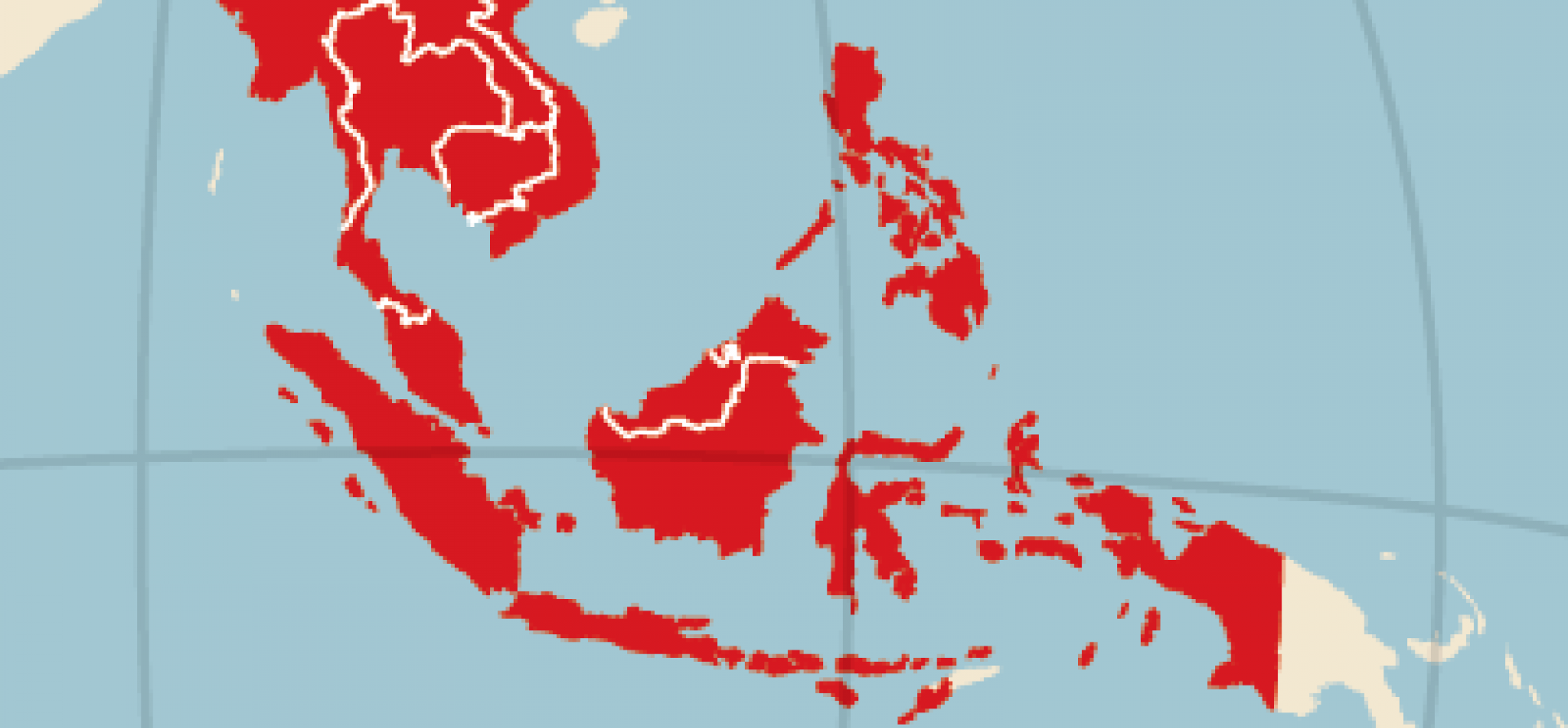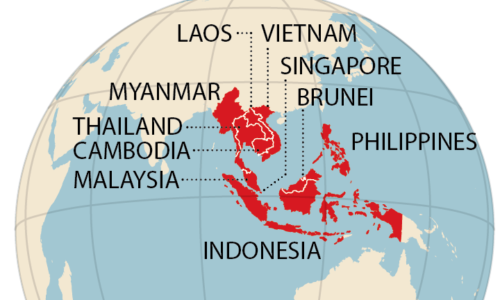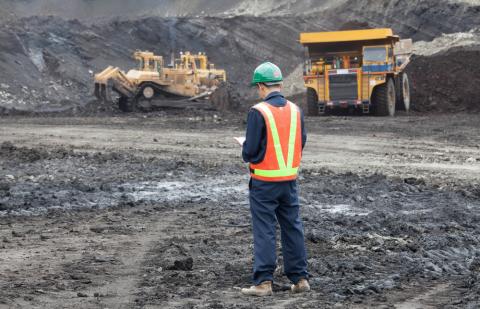IEEFA Asia: ASEAN Coal Companies Are Shaking Their Stranded-Asset Cup at Debt Investors

 This year—2018—is when we’ll see whether emerging-market debt investors are ready to start pricing the impact of climate change risk on their investments by discounting the backward-looking coal demand scenario promoted by the International Energy Administration (IEA).
This year—2018—is when we’ll see whether emerging-market debt investors are ready to start pricing the impact of climate change risk on their investments by discounting the backward-looking coal demand scenario promoted by the International Energy Administration (IEA).
Likewise, power-industry planners across the Association of Southeast Asian Nations (ASEAN) have been caught in an information air pocket as rapid technology and market changes have invalidated their planning tools. This has made it hard for investors in key markets to get simple answers to questions about how the global transition occurring across the utility industry will affect Asia’s fastest-growing power markets.
The test ahead comes at a sensitive time. Many buyers are bullish about emerging-market debt, and debt issuers are eager to ride the uptick in coal price fundamentals to tap bond market financing. The danger in this strategy is that narrowly focused debt investors have woken up to the fact that ASEAN’s cash-hungry coal companies are rushing back to the capital markets just as major regional banks are backing away from the sector’s carbon- regulatory vulnerability. These cross-currents only add more risk to already speculative grade bonds.
How did this confused investment scenario come to pass? First, materially firmer coal prices in 2017 and so far in 2018 have helped ASEAN coal producers show better results. Second, a number of these companies, particularly in Indonesia, are eager to expand on the theory that ASEAN’s power markets will rely on low-grade coal for decades to come. Third, these companies are also showing a clear reluctance to de-leverage, opting instead to use their rebounding cash flow to finance new capacity. It’s the lack of prudence on this latter point that has encouraged Standard & Poor’s to take a wary view.
“We remain cautious on the direction of coal prices: softness could lie ahead,” S&P Global Ratings credit analyst Bertrand Jabouley wrote in a recent client note. S&P worries that short-term improvements in leverage ratios won’t last because the bump to cash flow only reflects better pricing, not strategic repositioning. “This means it can reverse quickly.”
A growing awareness of capital-structure weakness.
S&P’s hesitance to signal a positive view on potential upgrades among speculative-grade coal-industry bond issuers reflects a range of factors that raise a multitude questions about the coal-first policy bias that clouds debate around the ASEAN power sector. S&P is not alone in expressing concern about volatile coal prices. China’s clean energy policies are reducing the likelihood that Chinese demand will support marginal ASEAN low-grade coal exporters. Ignoring the cross-currents, the IEA holds with an optimistic power demand growth scenario across the region, failing to acknowledge either the new reality of slower demand growth or the cost-competitiveness of renewables and liquefied natural gas (LNG). The risk is clearly to the downside.
SMART INVESTORS WILL PAY ATTENTION to the structural weaknesses of many ASEAN coal producers. Indonesian coal producers traditionally raise debt at the holding company level, while their mines sit in an operating company. As a result, coal cash flows take a haircut on their way to bondholders. And while many of these companies are eager to grow production, their low-grade coal often faces high logistics costs and is sold at a discount to the Newcastle benchmark. Taken together, this means that speculative-grade issuers need a lot of things to go right before bondholders can assume safe returns.
Institutional investors on a recent analyst call appeared newly alert to this reality. Questions focused on the probability of a policy response to the rising impact of air pollution on the outlook for coal-fired power generation, China’s growing focus on renewables (the country had a record 53 gigawatts of installs in 2017), and the withdrawal of banks from funding new coal capacity cast doubt on the medium-term case for ASEAN miners. Perhaps the most interesting discussion related to the refinancing risk for more expansion-minded coal producers. These companies may be able to find yield-hungry investors now, but will there be enough demand in five years’ time to keep these highly leveraged companies afloat when they need to refinance? Here again the risk is to the downside, and on the conference call it was hard to detect much optimism for stronger coal prices in the face of more capacity.
As S&P notes: “With most miners boosting production, an oversupply in the seaborne market could develop.”
The knock-on effects from of such an eventuality could do real damage to the cash flow required to service new debt, an outcome that clearly causes S&P concern: “A US$10 drop in realized price per ton would have dramatic effects on coal companies’ capital structure.”
The caution apparent in S&P’s stance—and in the comments of investors on that recent call—suggest that new debt won’t come cheap, if at all. It also make one wonder about who the buyers of this climate-risk-laden debt might be, particularly in light of recent divestment statements by Blackrock, Lloyd’s of London, and AXA.
One serious policy risk in all this lies with coal-linked debt tucked away in the portfolios of Asian state pension funds, many of which are run by managers who have limited awareness of stranded asset risk. These funds also lack the climate change policies that have begun to insulate the portfolios of large global pension funds.
Along these lines, the Korean think tank Solutions for Our Climate has just released a carefully researched report based on new disclosures that show how South Korea’s public financial institutions hold an estimated US$17 billion of exposure to Korea Electric Power Company (KEPCO) domestic and overseas coal power infrastructure. This poses key financial risk management problems for South Korea’s taxpayers and pension beneficiaries, although the government, to its credit, is taking steps to unwind the utility’s over-reliance on coal power in the face of a public backlash to air pollution and to weak climate resilience.
As ASEAN’s coal companies test the bond market’s appetite for debt of the sort many banks and investment institutions no longer want, less-sophisticated investors run the chance of being saddled with high risk debt that they will struggle to manage.
S&P sees no magic growth elixir for ASEAN’s coal miners especially as refinancing difficulties increase the risk of aggravating this murky picture further and if a greater number of active investors wake up to looming liquidity risks.
Melissa Brown is an IEEFA energy-finance consultant.
RELATED ITEMS:
IEEFA Update: Are Investors in Asian Coal Starting to Think Twice?
IEEFA Update: Adani Stumbles Toward the Last-Chance Saloon
IEEFA Report: China in 2017 Continued to Position Itself for Global Clean Energy Dominance











